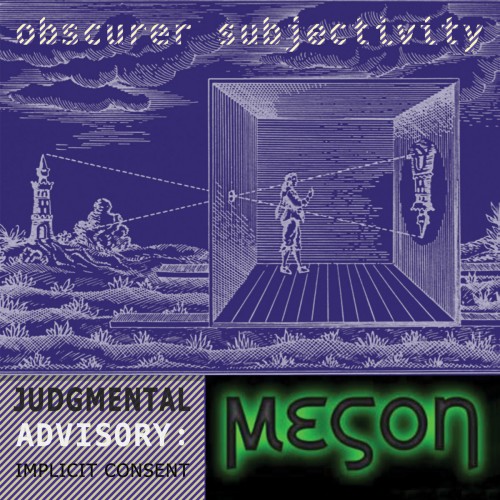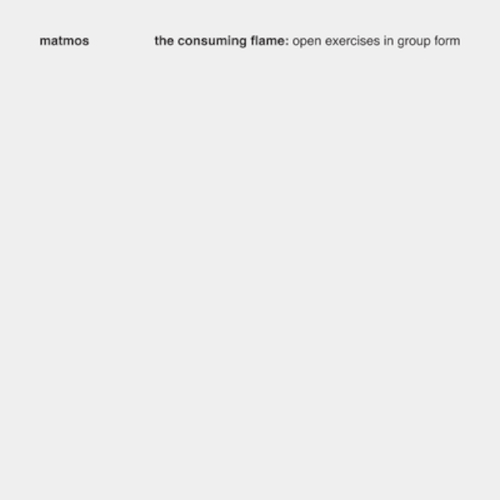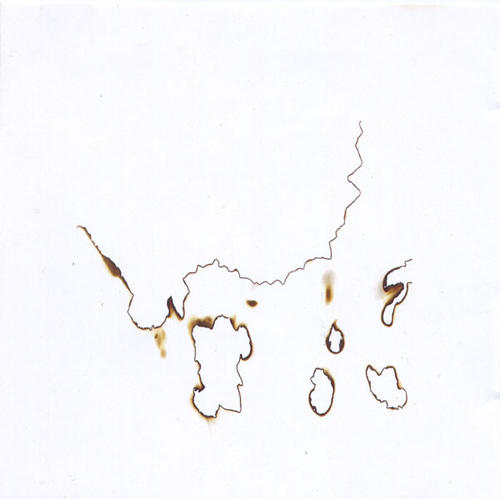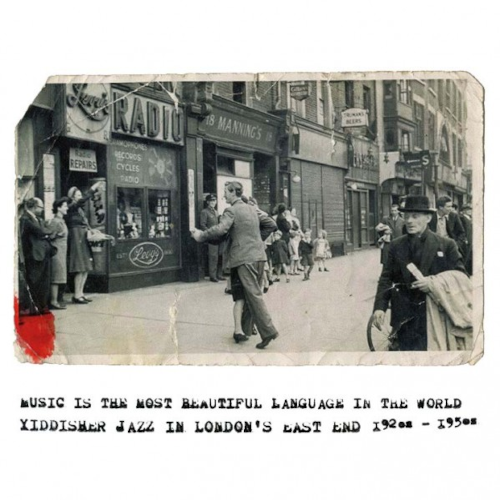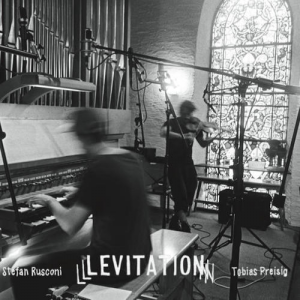 Recorded in the Gothic church of Saint-Étienne in Cully, Switzerland by the duo of Tobias Preisig and Stefan Rusconi on violin and organ respectively, Levitation sets out to do just what its title suggests, albeit subtly and in a reflexive mood.
Recorded in the Gothic church of Saint-Étienne in Cully, Switzerland by the duo of Tobias Preisig and Stefan Rusconi on violin and organ respectively, Levitation sets out to do just what its title suggests, albeit subtly and in a reflexive mood.
Thanks to the close miking, the sounds the pair extract from their instruments are examined and extracted in peculiar detail, and their respective tones and timbres are heard on record here from a somewhat unusual perspective. This is especially true of the church organ, with microphones placed inside and around it with sometimes surprising results. Likewise, the amplification and echo applied to Preisig’s violin allows him to reach an even greater dynamic range on the strings and body alike, swooping and sliding in the higher parts as well as the low.
Whether the loping rhythms of “Gilliane” or “Fiona”’s clanking and chittering mechanical flutters are played live or created with FX loops isn’t always immediately obvious, but here Preisig and Rusconi set layers of sound in stately motion which comes to a halt all too soon, swept away by the almost flirtatiously mirthful swipes and scrapes of “Marie”, the delay trails rippling into self-reflective miniature spacescapes. It’s something of a tribute to the way in which the duo have occupied the tonal range of the album as a whole that the blending of each instrument with the environmental presence of Saint-Étienne itself creates a sustained and evolving series of pieces where identification of violin, organ or effect can sometimes take some time to sink in.By the conclusion, it almost feels that the organ and its surroundings have taken on a tangible, physical presence, one which swells into vibrant, pulsating life at the very end in a rolling wave of broad-spectrum flourishes.
-Linus Tossio-
